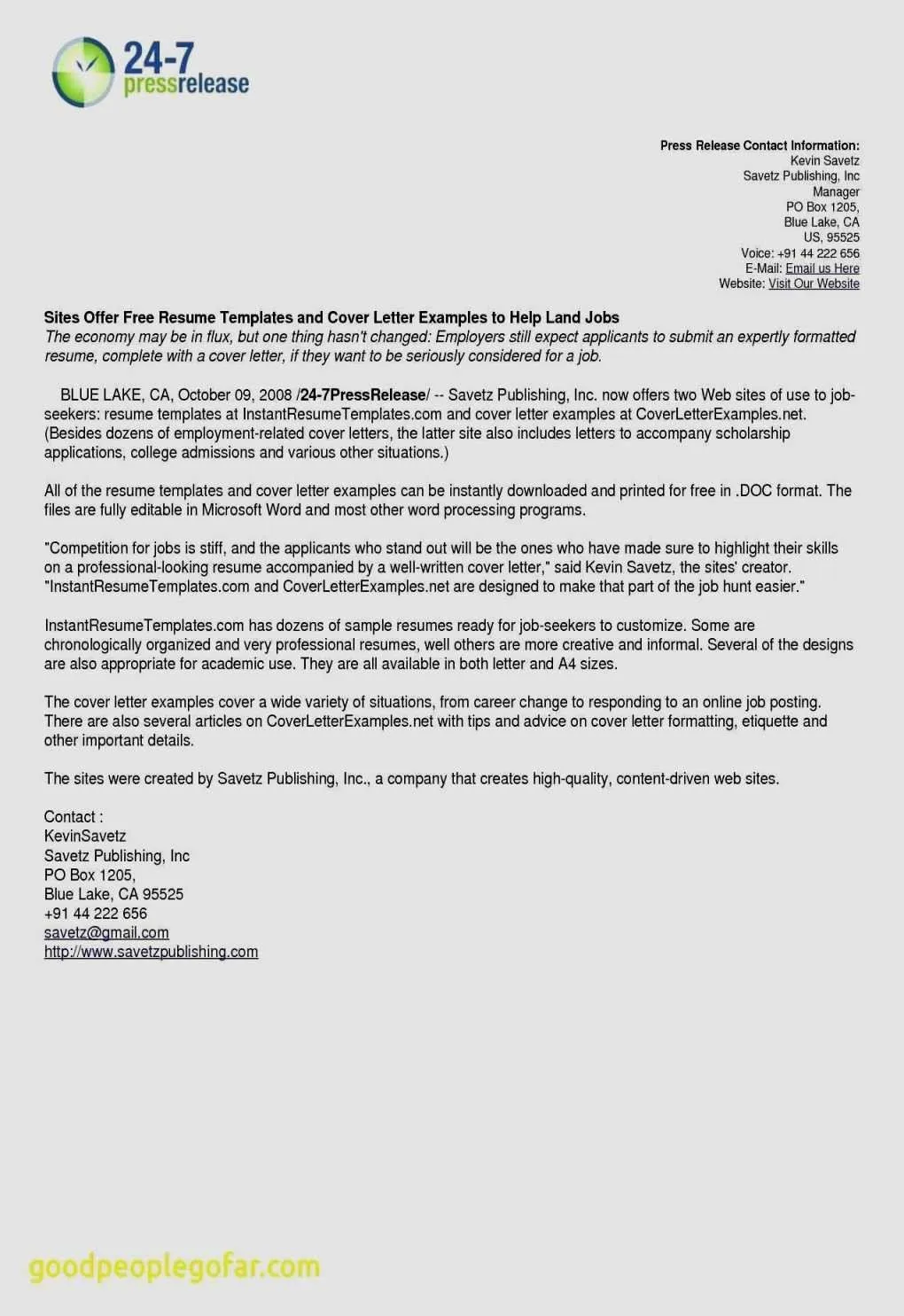What is a Cover Letter
A cover letter is a crucial document that accompanies your resume when applying for a job. It serves as your introduction to a potential employer, providing a more personal and detailed account of your qualifications, skills, and experiences. Unlike a resume, which offers a concise overview, a cover letter allows you to elaborate on why you are the ideal candidate for the position and how your unique abilities align with the company’s needs. Think of it as your chance to make a compelling first impression and demonstrate your enthusiasm for the role.
Importance of a Cover Letter
The importance of a cover letter cannot be overstated. It is often the first thing a hiring manager reads, and it sets the tone for your entire application. A well-written cover letter can significantly increase your chances of getting an interview by showcasing your personality, highlighting your key accomplishments, and expressing your genuine interest in the company and the specific job. It allows you to connect with the hiring manager on a more personal level and demonstrate that you’ve taken the time to understand the role and the organization’s values. Without a cover letter, your application might get lost in the shuffle, especially if the competition is fierce.
Key Elements of a Cover Letter
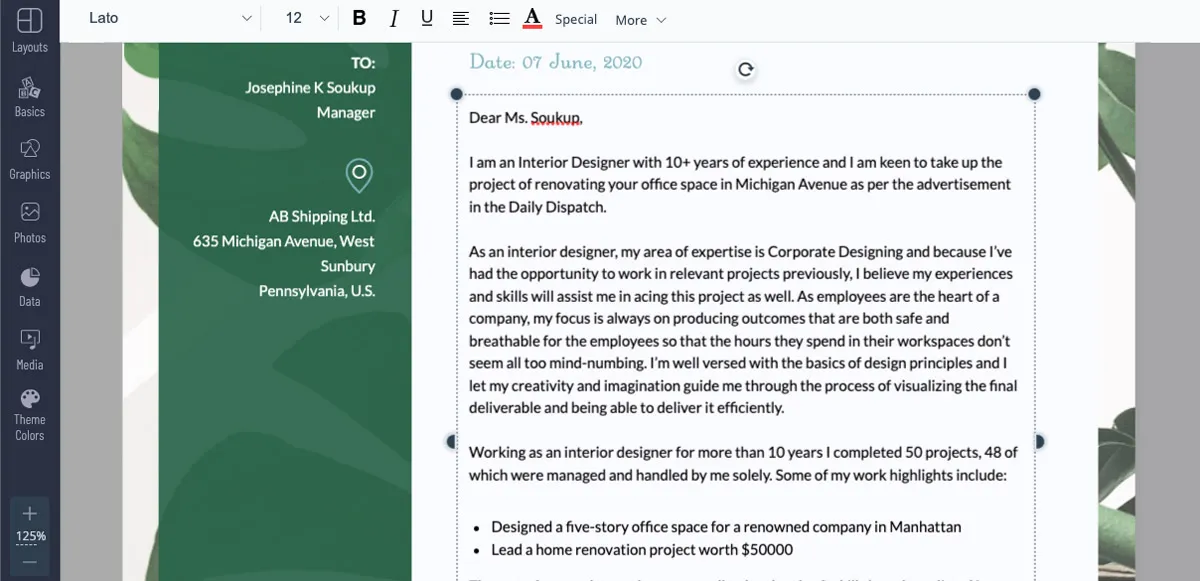
Header and Contact Information
Your cover letter should start with a professional header that includes your contact information. This typically includes your full name, phone number, email address, and LinkedIn profile URL (if you have one). You should also include the date and the hiring manager’s name and title, if known. Make sure that the header matches the one on your resume to maintain a consistent and professional appearance. This ensures that the hiring manager can easily reach you if they are interested in moving forward with your application.
Greeting
Address the hiring manager directly by name whenever possible. This shows that you’ve done your research and are genuinely interested in the opportunity. If you’re unsure of the hiring manager’s name, try to find it on the company’s website, LinkedIn, or by calling the company. If you cannot find a specific name, use a general greeting such as “Dear Hiring Manager” or “Dear [Department Name] Team”. Avoid generic greetings such as “To Whom It May Concern,” as they can make your cover letter feel impersonal.
Opening Paragraph Hook
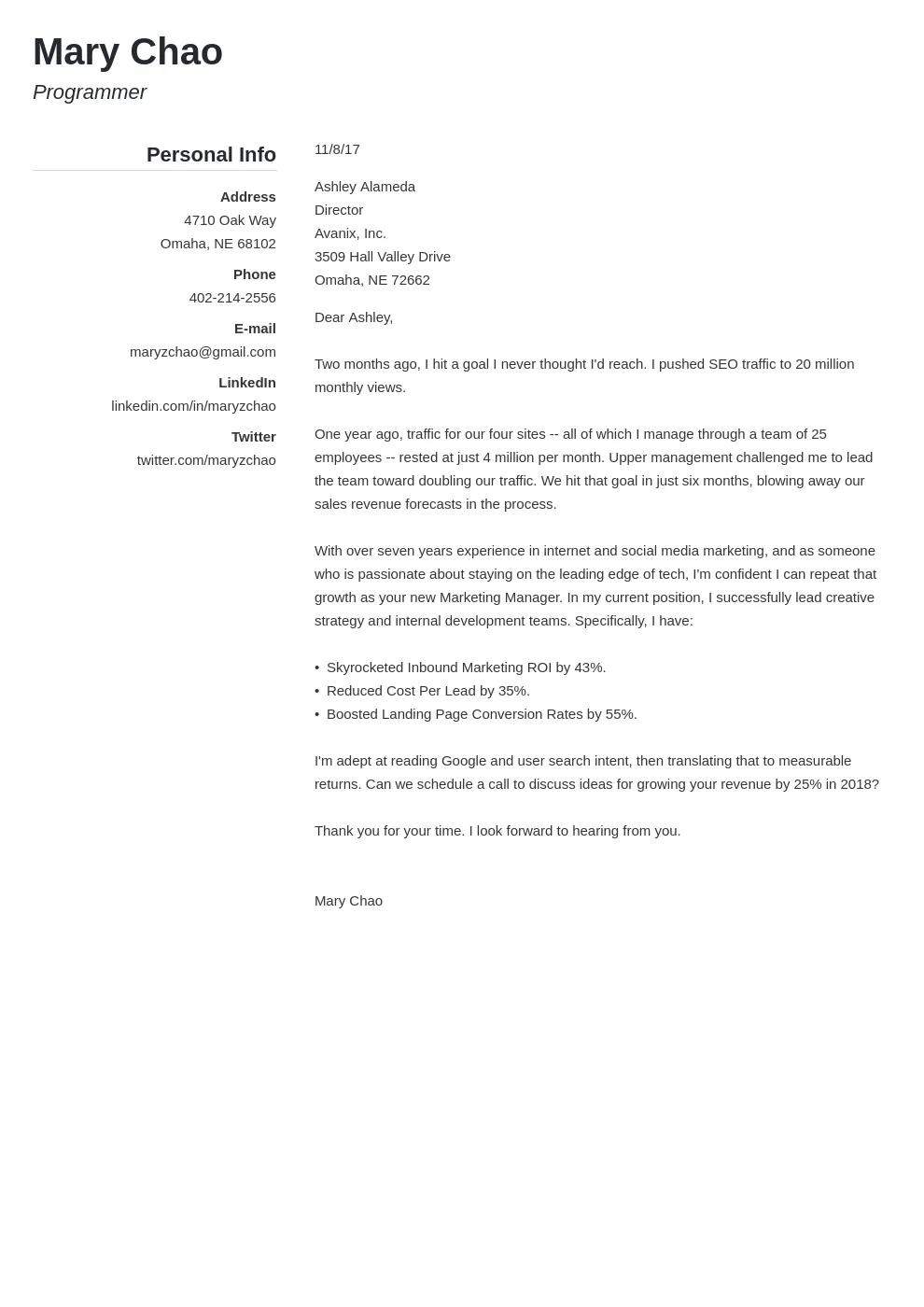
The opening paragraph is your chance to grab the reader’s attention. Start with a strong hook that immediately captures their interest. You might express your enthusiasm for the role, mention a specific achievement that aligns with the job requirements, or refer to a mutual connection. Clearly state the position you are applying for and briefly explain why you are a suitable candidate. Keep this paragraph concise and impactful to set the tone for the rest of your letter.
Body Paragraphs Highlights
The body of your cover letter is where you demonstrate your qualifications and skills in detail. Focus on the most relevant experiences and achievements that align with the job description. Use specific examples to illustrate how you have successfully applied your skills in the past. Quantify your accomplishments whenever possible, using numbers and data to showcase your impact. This section should highlight why you are the best fit for the role.
Quantifiable Achievements
Use numbers and data to show the impact of your work. For instance, instead of saying ‘Improved sales,’ say ‘Increased sales by 15% in one quarter.’ This approach makes your claims more credible and helps the hiring manager understand the value you can bring to the company. Specific, measurable results give concrete proof of your abilities and experience.
Skills and Qualifications
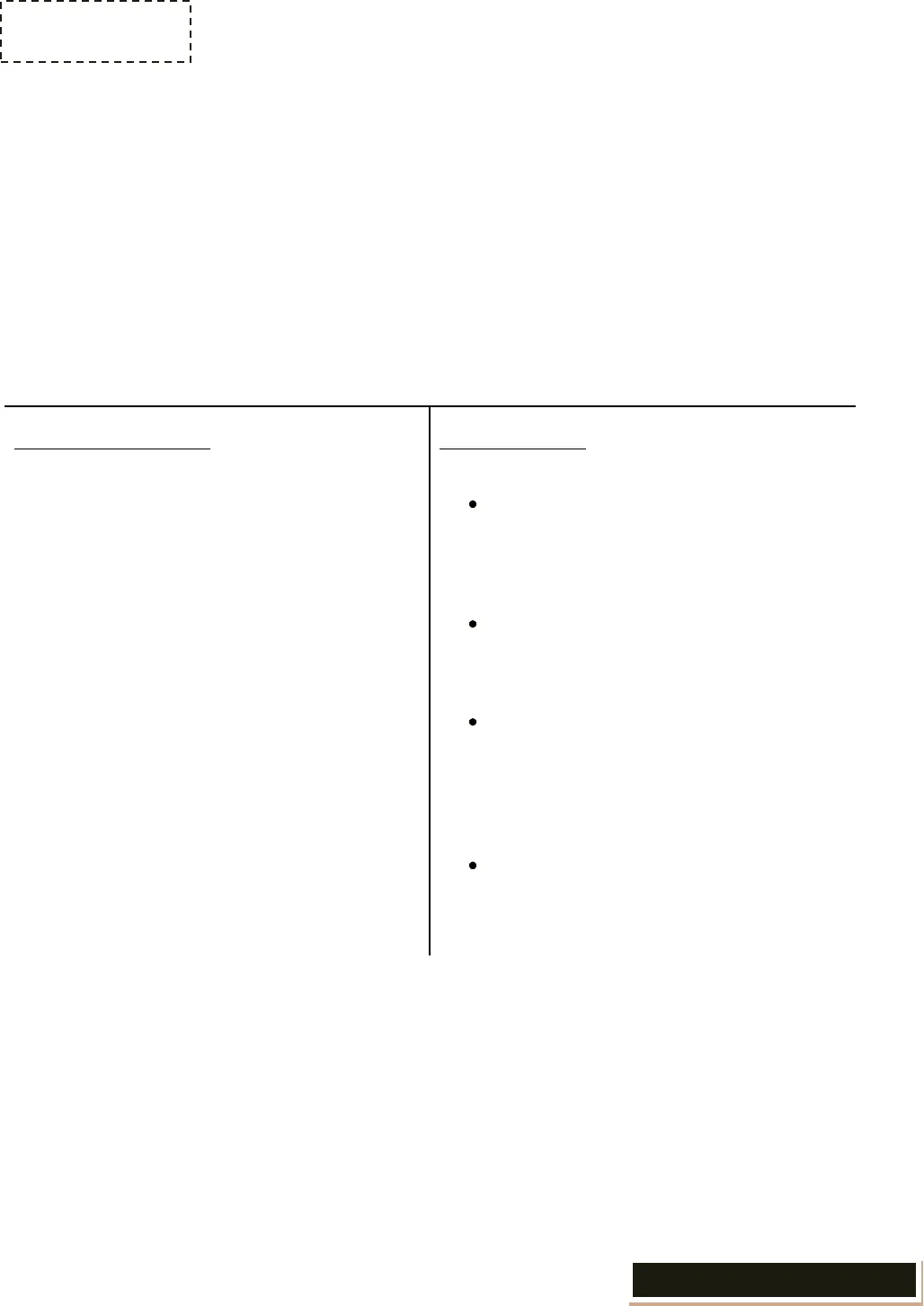
Clearly outline the skills and qualifications that match the job requirements. Refer to the job description and highlight the skills that are most important to the role. Provide examples from your previous experiences where you used these skills to achieve specific outcomes. This helps the hiring manager quickly see that you possess the necessary capabilities to succeed in the position.
Closing Paragraph
In your closing paragraph, reiterate your interest in the position and thank the hiring manager for their time and consideration. Express your eagerness to discuss your qualifications further and restate your contact information. This paragraph should leave a lasting positive impression and reinforce your enthusiasm for the opportunity.
Call to Action
Include a clear call to action. This could be a request for an interview, a suggestion to review your resume, or a statement expressing your availability for a follow-up call. A direct call to action encourages the hiring manager to take the next step in the hiring process. Make it easy for them to contact you.
Formatting and Style Tips
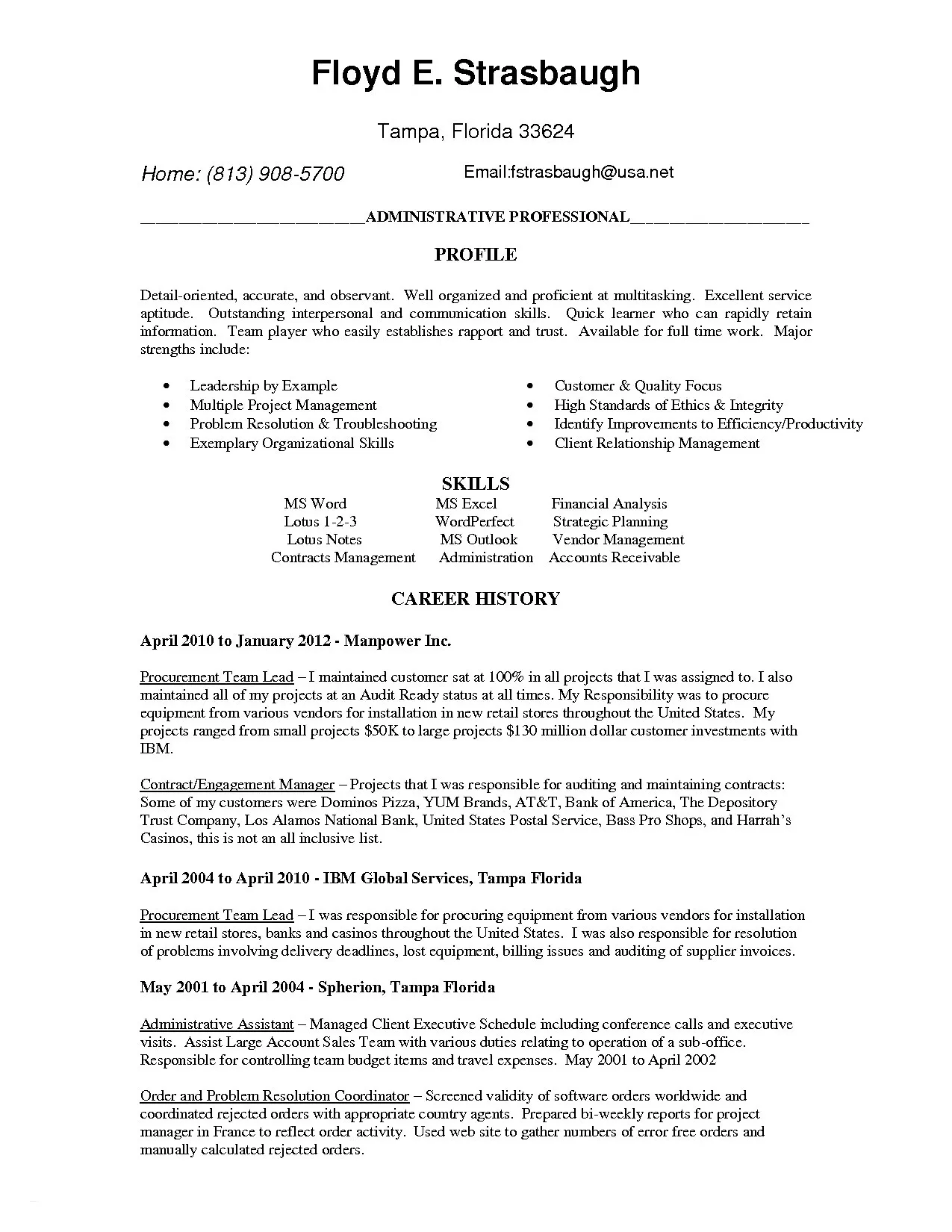
Font and Readability
Choose a professional and easy-to-read font, such as Times New Roman, Arial, or Calibri. The font size should be between 10 and 12 points. Use clear formatting, including appropriate spacing and bullet points where necessary, to enhance readability. A well-formatted cover letter is visually appealing and easier for the hiring manager to scan and digest, highlighting key information efficiently.
Tone and Language
Maintain a professional and enthusiastic tone throughout your cover letter. Use active voice and avoid jargon or overly complex language. Proofread your cover letter carefully for grammatical errors and typos. Your writing should be clear, concise, and reflect your personality and skills. Make sure the tone and language align with the company’s culture.
Common Mistakes to Avoid
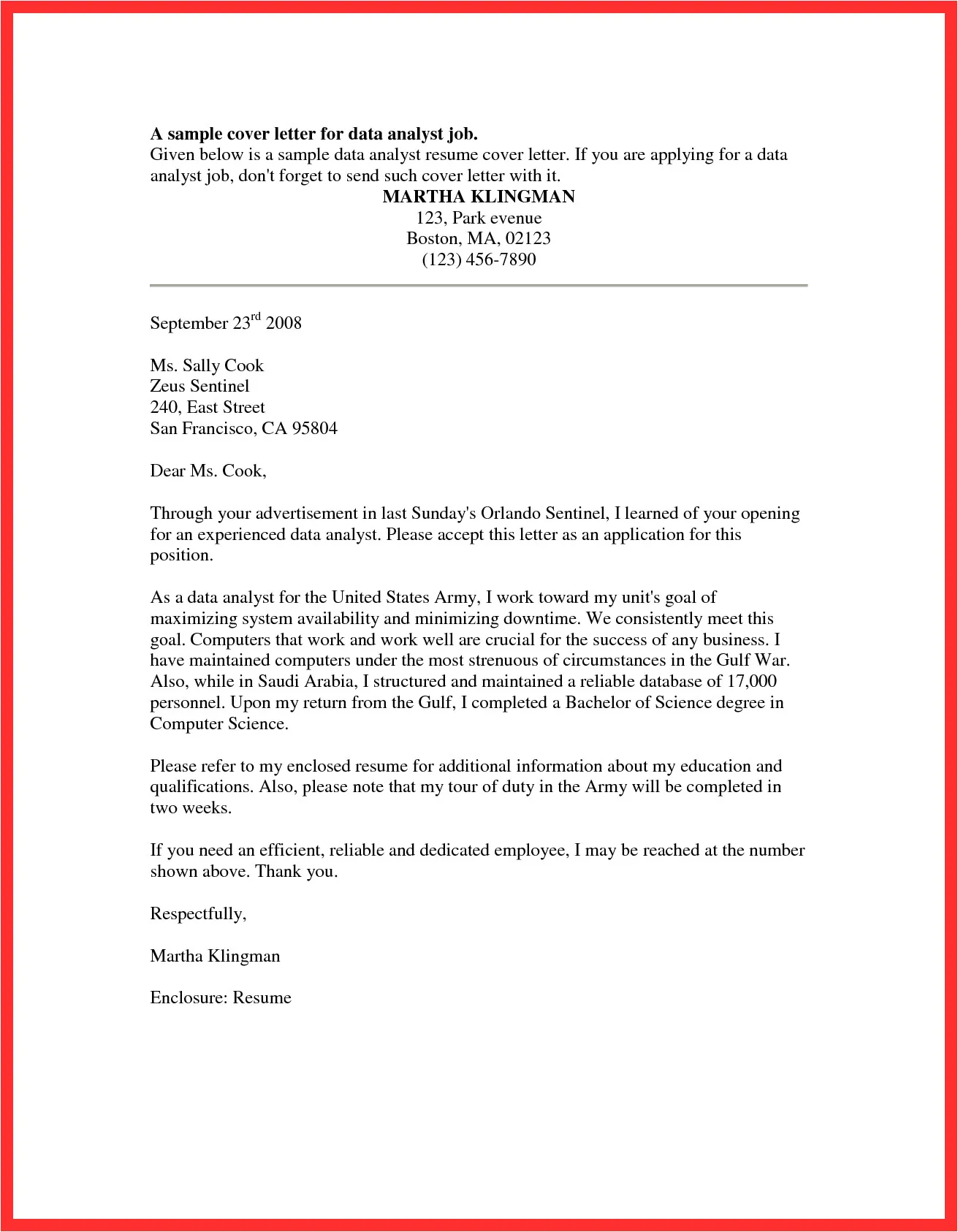
Typos and Grammatical Errors
Typos and grammatical errors can create a negative impression and undermine your credibility. Always proofread your cover letter multiple times, and consider having someone else review it as well. Use grammar and spell-check tools to catch any mistakes. A polished and error-free cover letter shows attention to detail and professionalism.
Generic Content
Avoid using a generic cover letter that you send to every job application. Customize each cover letter to the specific job and company. Research the company, and tailor your letter to demonstrate your understanding of their needs and values. Generic content makes it appear that you haven’t put much effort into the application, and it diminishes your chances of getting hired. Personalization is key.
Length Considerations
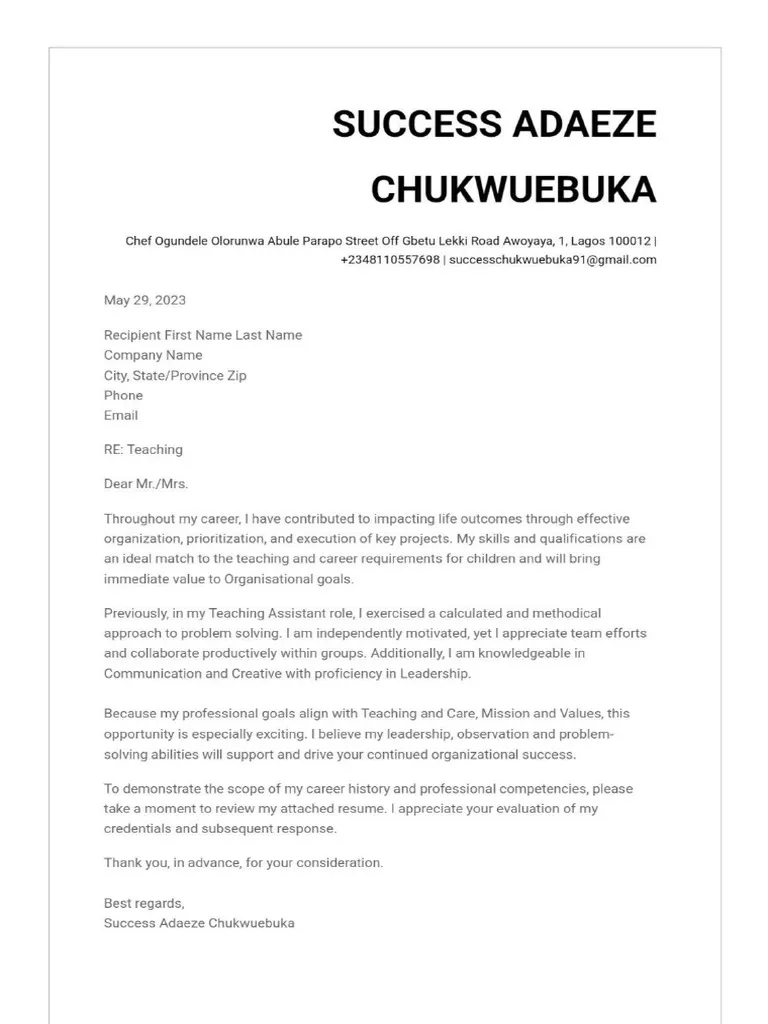
Keep your cover letter concise and to the point. Aim for one page in length, and avoid exceeding that limit. Hiring managers are busy, and they appreciate a well-written, efficient summary of your qualifications. Focus on the most relevant information and use clear language to convey your message effectively.
Customization for Each Job
Researching the Company
Before writing your cover letter, research the company and its values. Understand their mission, products, services, and culture. Show the hiring manager that you understand the company’s goals and are interested in contributing to their success. Use the company’s website, social media profiles, and news articles to gather information.
Tailoring to the Job Description
Carefully review the job description and highlight the skills and experiences that align with the requirements. Use the same keywords and phrases from the job description to demonstrate that you are a good fit for the role. Tailoring your cover letter to the specific job demonstrates your attention to detail and your commitment to the position.
Cover Letter Examples
Refer to cover letter examples to get inspiration and guidance. Many online resources offer templates and examples of effective cover letters for various industries and job types. Analyze these examples to understand the structure, language, and tone that are effective. Use the examples as a starting point, but always customize your cover letter to reflect your unique skills and experiences.
